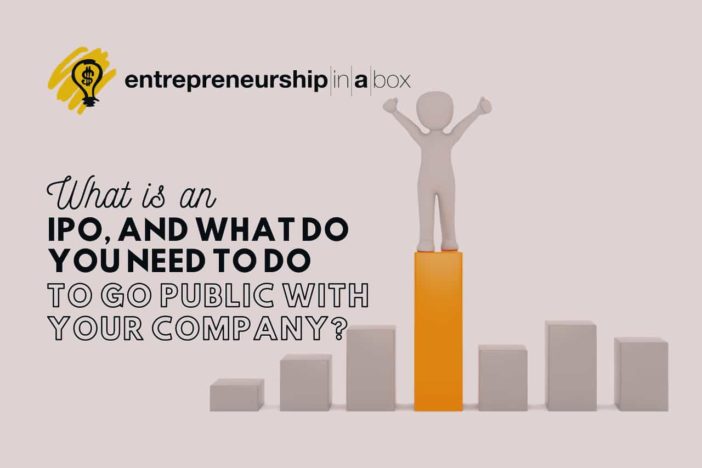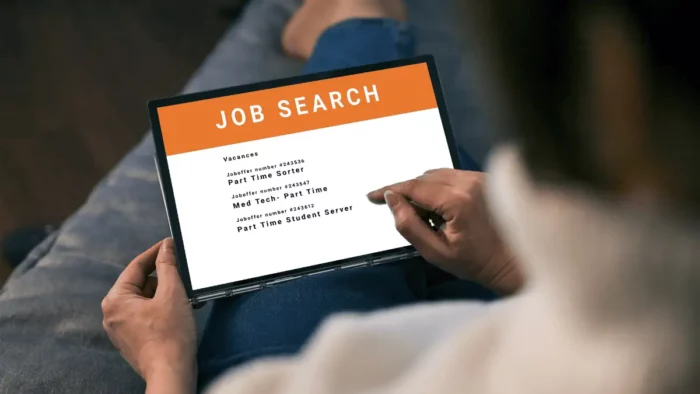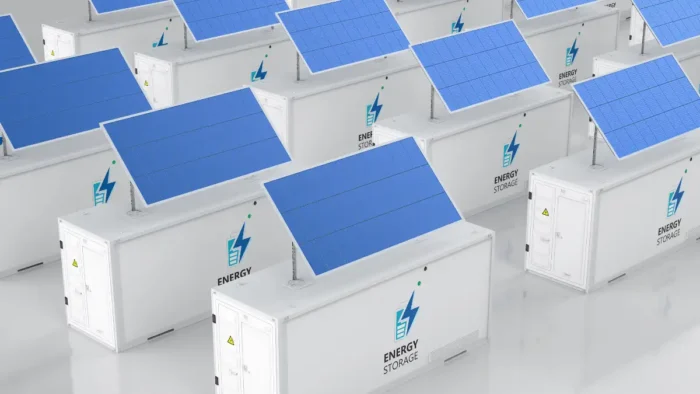It’s amazing to think that Alibaba, the Chinese retailer that makes around $72bn every year in revenue, started life as an initial public offering (IPO).
And it’s not the only major firm to start life as a new business in this way. After an IPO offering, Visa, General Motors, AIA Group, and the Agricultural Bank of China also came to prominence. So it’s clear that taking this route to grow your business has a history of success.
There has never been a better time to issue an early stock offering with so much support out there. Guys such as Joel Werner, who started his career as the IPO specialist at Goldman Sachs before starting up his capital management firm Solitude, have shown time and time again that this technique is time-served in helping ‘young’ businesses to take the next step.
With that in mind, this seems as good a time as any to explore IPOs in more detail. You need to see why small company owners might be advised to consider all of the benefits they can bring.
What is an IPO?
An IPO is exactly as the name suggests – a process that floats a previously private company on a public stock exchange through an initial ‘sale’ of shares.
The premise of an IPO is simple for both the company in question and investors. For the floated firm, this initial stock issuance is a fantastic way to raise some capital. So, it can help the business grow or be used to pay share premiums to current investors.
For investors adding the firm to their portfolio, the opportunity to buy at a low price is very much the aim. The US sportsbook DraftKings ran its IPO at $10 per share – today, you could sell those at around $52 a piece.
There can be other perks of going public, including – generally speaking – greater opportunities to borrow funds and access more significant credit, plus the chance to raise even more capital via a second offering. This process is much easier thanks to the public market access afforded from the IPO.
How does an IPO work?
In the early going, the company must find an investment bank to partner with on the IPO. It will market your offering to its customers and the broader investing public. Also, it will get a feel for demand, and, most crucially, set the IPO price at a level that both appeals to buyers seeking investment opportunities and ensures a plentiful return for the business.
A company can decide to float publicly at any time. However, it will need to pass various Securities and Exchange Commission (SEC) checks. More on those in the next section. Also to have a valuation above $100m, though firms that can show a clear path to profitability are also prime candidates for an IPO.
When the IPO is set live, private investors that have capital tied up in the firm will see their shareholding converted to the public trading price – typically, this will see the worth of their assets increase exponentially.
An IPO will run for a set amount of time. It can be anywhere from a few months to a whole year. For big and complex flotations taking the longest, which is often the case when state-run companies implement an IPO.
Investors can access the price for that given period. When the IPO has ended, it will add the stock to the relevant market. They will become tradable just like any other – with the volatility that goes with that.
What is the process of initial public ofering?
There are several steps that a firm must go through in its IPO. The first, as mentioned, is to select an investment bank. It will not only run the IPO campaign, but it will also underwrite the share issue. So, this will give peace of mind to would-be investors.
As you might expect, a business can only run an IPO program where it satisfies the criteria of the SEC, which is diligent in its work of protecting investors from rogue offerings.
There are stacks of other administrative and regulatory paperwork to be completed. The issuing company and the underwriting bank have to sign contracts about what will happen if the offering goes pear-shaped.
If the SEC gives the green light to the IPO, all parties will agree on a start and end date. Also, they will agree on a price set. This enables investors to get involved as soon as the campaign is set live. Generally, this price will be set lower than the expected demand to ensure that the IPO is fully subscribed (or oversubscribed, ideally). Some 25 days after you initialize the IPO, the rules of market competition kick in. So, the investments become subject to price fluctuations like any other stock.





